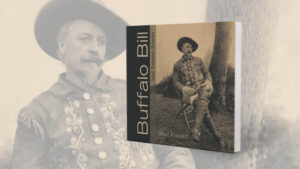Our Father’s House
George Washington’s monumental feats as the commander-in-chief of the Continental Army and our nation’s first president are recounted time and again in historical chronicles, but his private aspirations are most vividly on display at the dream house he spent a lifetime building for himself: Mount Vernon. Washington was his own architect and continually fussed over the expansion and refinement of his white manse on the Potomac even while he was away for months on end carrying out his duties as a soldier and a statesman. His evolving designs for the estate were a glorious affirmation of his personal prosperity and freedom and, as such, mirrored his hopes for the fledgling republic.
Two centuries later, Mount Vernon remains a model of the good life for free and virtuous citizens. Robert A.M. Stern, who has designed numerous dream houses himself and is the dean of the Yale University School of Architecture, once labeled Washington’s beloved home “the most widely emulated building in America.” Countless single-family houses evoke design elements from Mount Vernon: the quintessentially American circular drive that skirts the front door and accentuates the “strong-boned” qualities of the house; the rooftop cupola that opens the interior to the sky and exudes an optimistic spirit; and, most notably, the full façade porch that blurs the boundary between indoors and out.
Washington’s handiwork throughout Mount Vernon continues to be a source of surprises and inspiration. Some three decades ago, curators discovered that the dull interior paint scrapings salvaged from the colonial era were once quite vivid. At first, they found it hard to believe that Washington lived with such bright colors. But chemical and spectrographic analyses agreed with 18th-century pigment orders in Mount Vernon’s archives, so in 1979 the mansion’s two dining rooms were reintroduced in different shades of verdigris green. Since then, hundreds of visitors have requested the paint formulas.
Originally published in the August 2008 issue of American History. To subscribe, click here.




